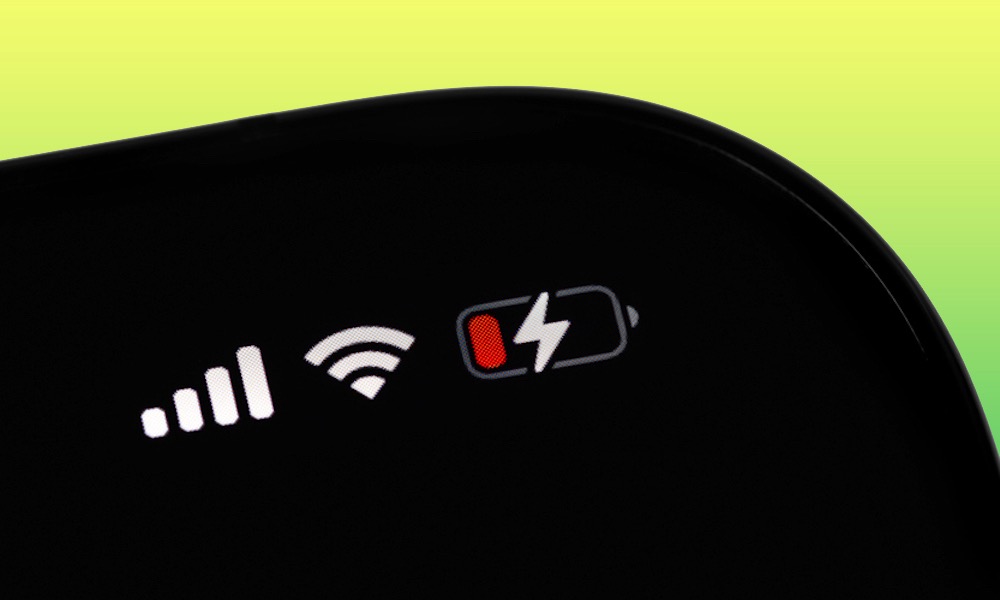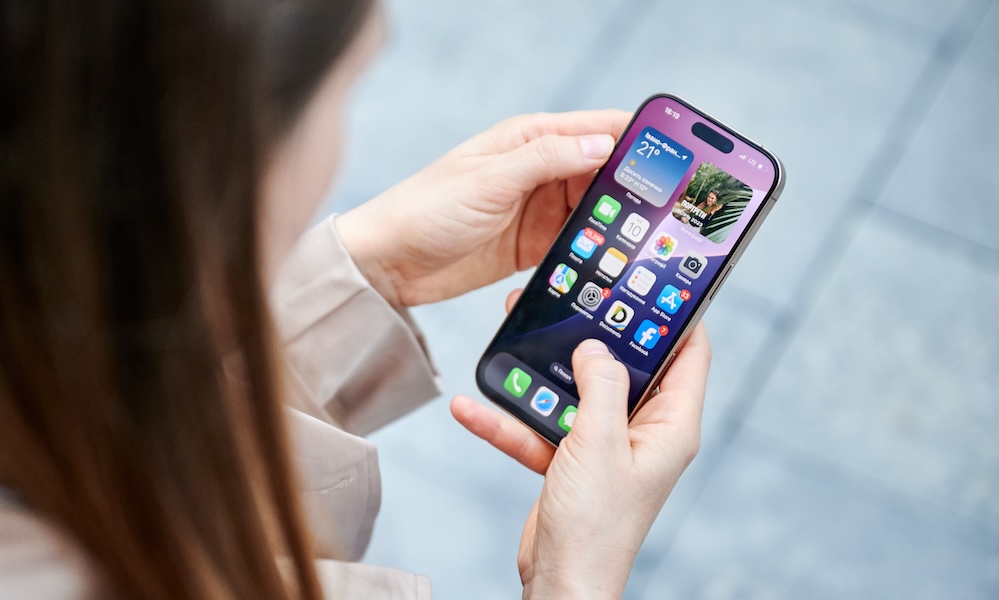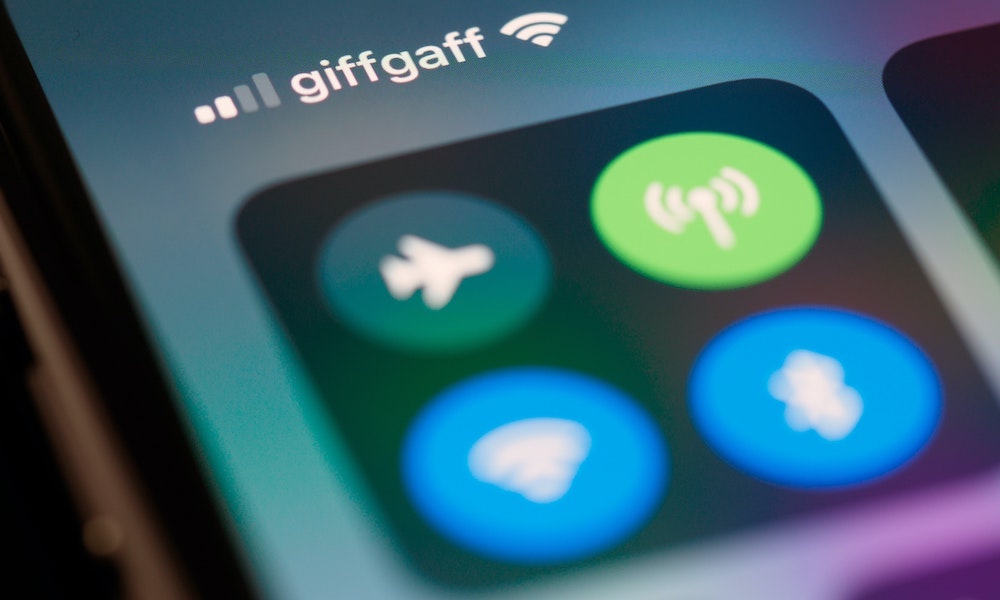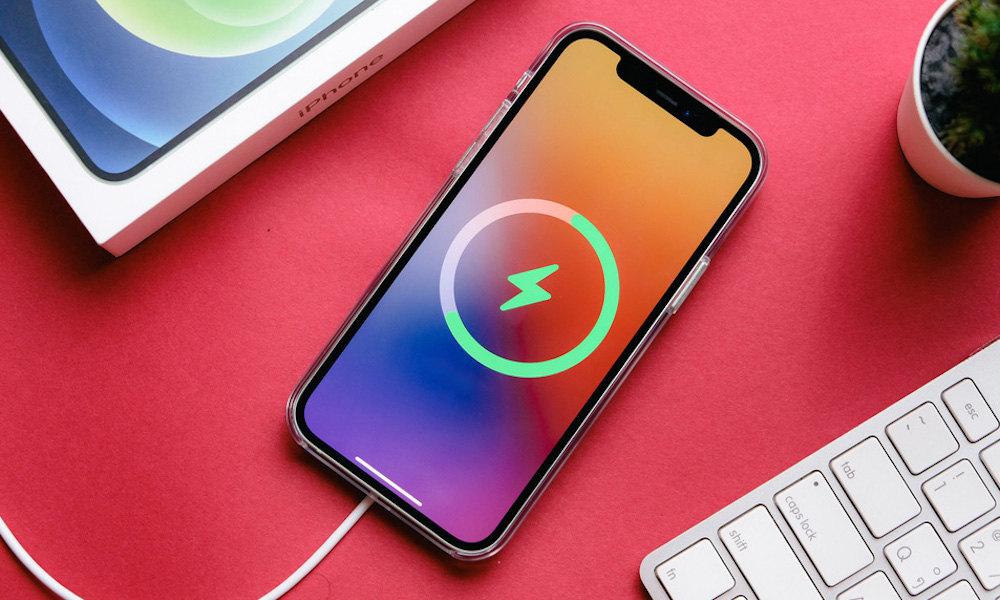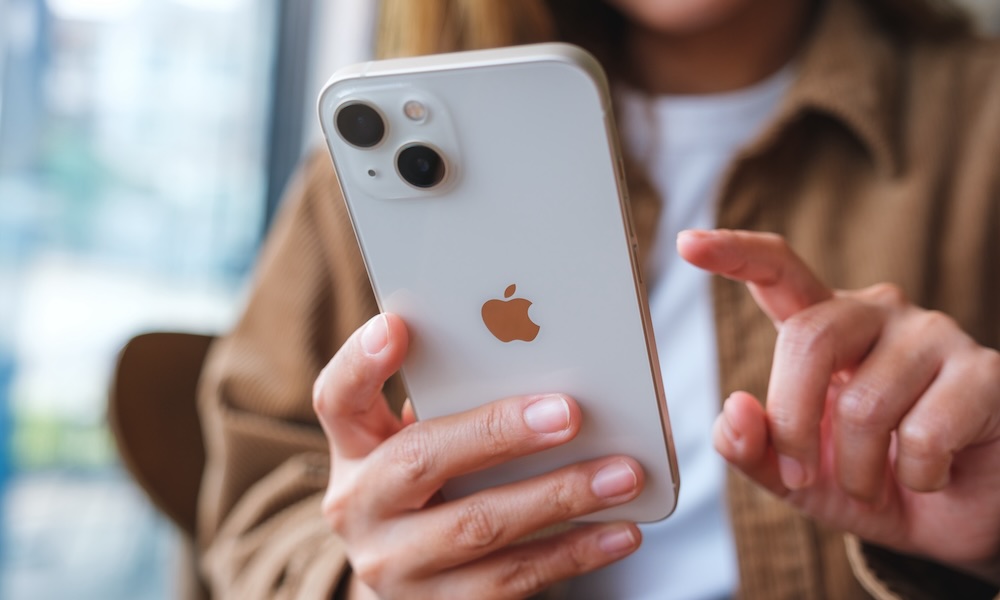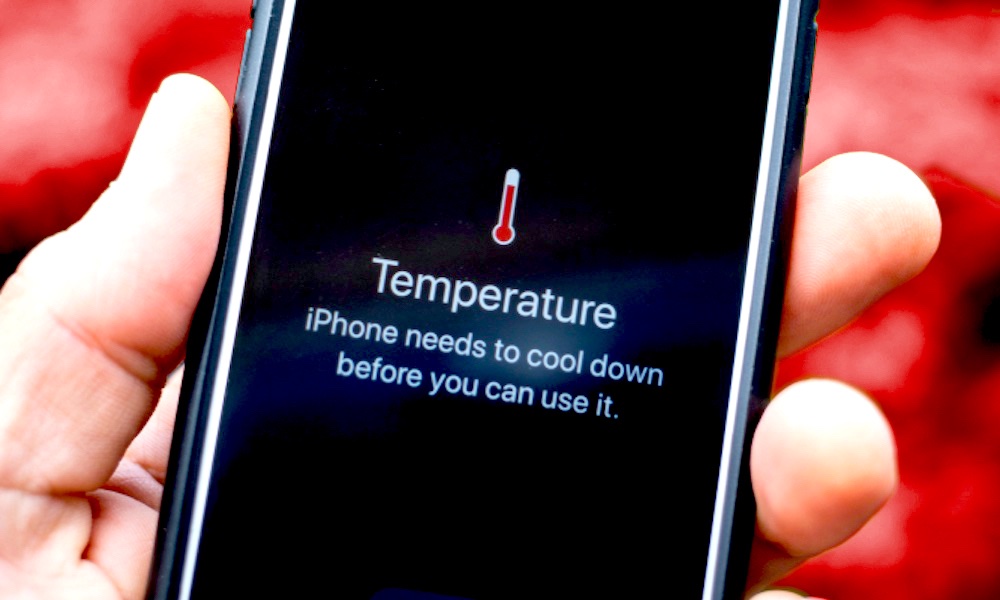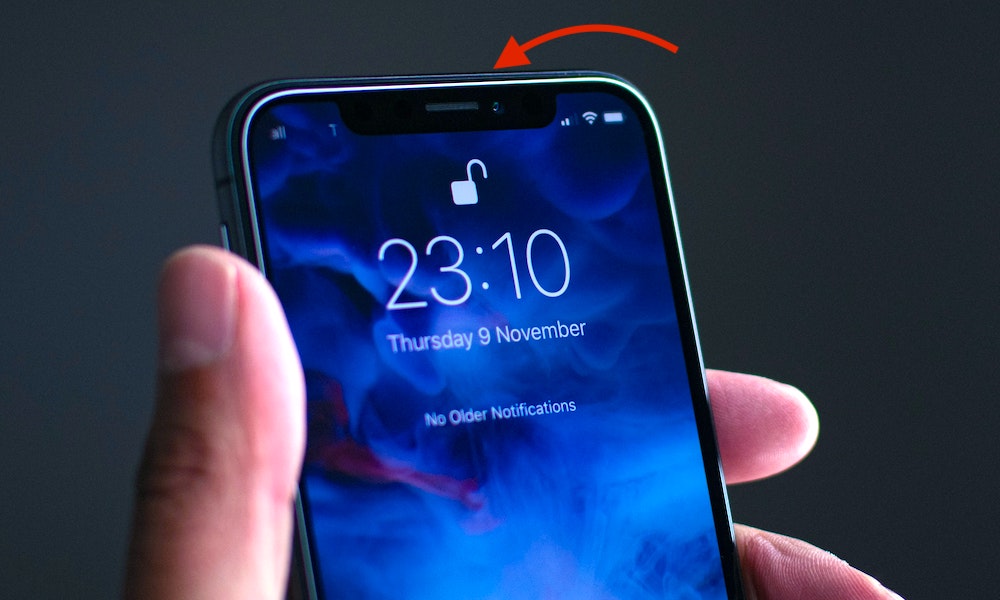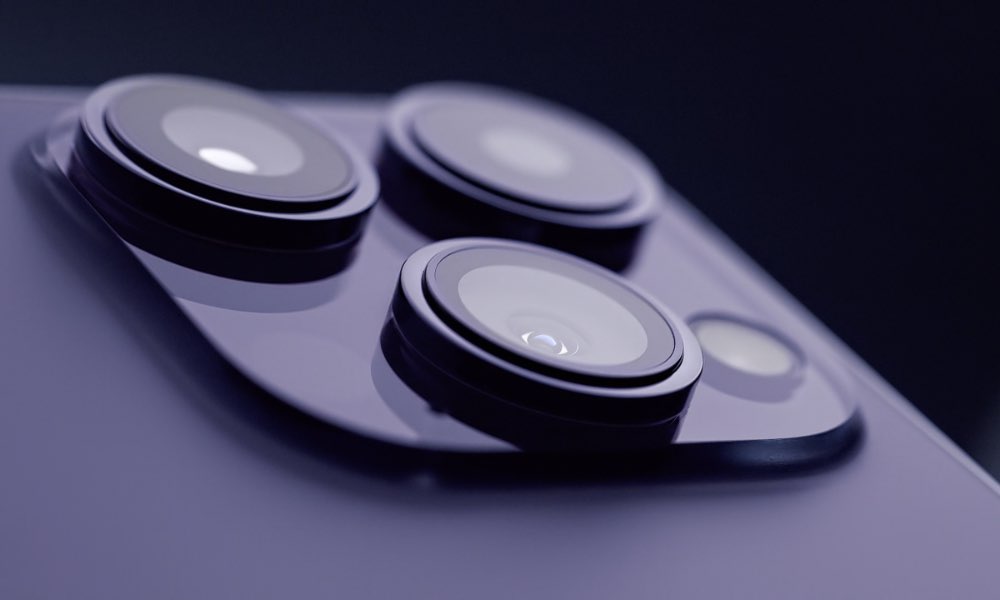10 Common iPhone Problems (And How to Solve Them)
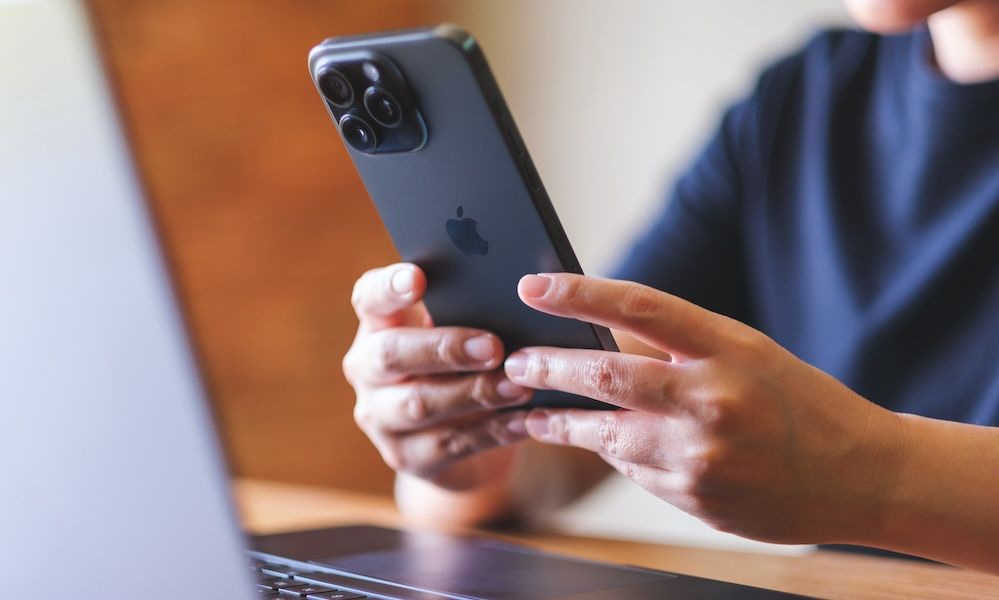 Farknot Architect / Adobe Stock
Farknot Architect / Adobe Stock
The iPhone is one of the best smartphones on the market right now — and for a good reason. Apple has spent a lot of time making the iPhone look and feel as good and functional as possible. The iPhone can handle anything you need and still has more than enough power to play a game or watch a movie on the go.
With that said, the iPhone is far from perfect. And now and then, it might not work as expected, especially if you have an older model.
The older your iPhone gets and the more you use it, the more likely you'll encounter issues that appear out of the blue.
Luckily, you aren't the only one; many iPhone users have already faced many common iPhone issues and have found more than one way to solve them.
To help you keep your iPhone in top shape, we've gathered some of the most common iPhone issues you might experience. Read on for 10 Common iPhone Problems — and how to solve them.
iPhone Battery Is Draining Fast
Battery wear and tear is expected on any rechargeable device, so your iPhone's battery won't last as long as it used to after you've had it for a couple of years.
However, if you have a newer iPhone, your battery life shouldn't drain that fast. If that does happen to you, there are some things you can try.
First, you can update your iPhone. Sometimes, a faulty iOS version causes issues with the iPhone's battery life. When that happens, Apple quickly fixes the problem with a patch in another software update. So, go to Settings > General > Software Update and install the latest software update.
If you're still having trouble, you can always use Low Power Mode, which you can find in the Battery section of the Settings app. You can also add it to your Control Center so it's easier to turn it on and off whenever you need it.
You can also go to Settings > Battery > Battery Health and Charging. From here, you can check the Maximum Capacity of your iPhone's battery. If it's lower than 80%, you might want to consider changing your iPhone's battery to breathe some new life into your old iPhone.
iPhone Is Running Slower Than Usual
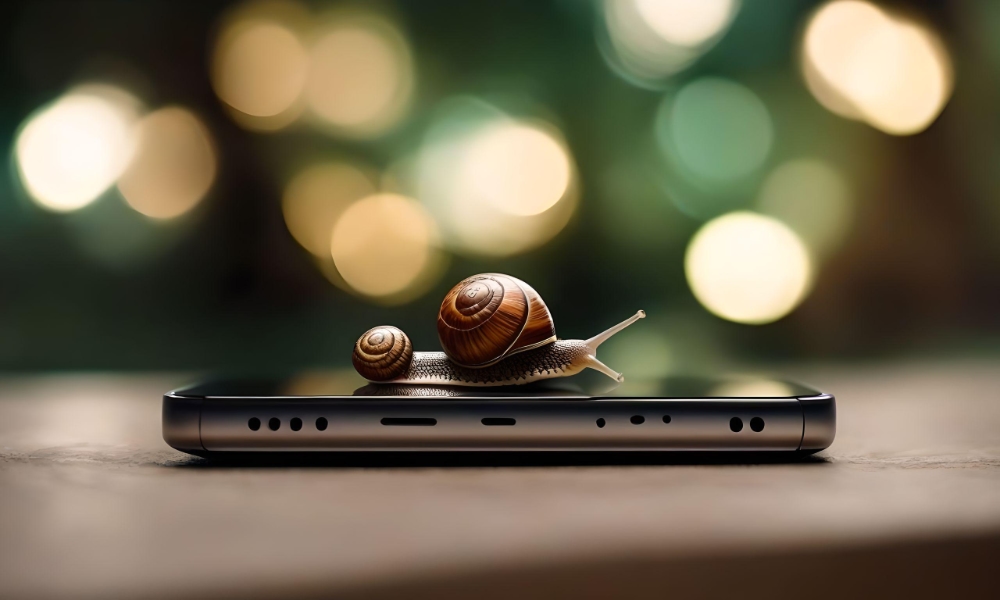
Again, if you have an older iPhone, you might occasionally experience sluggish performance. Unfortunately, this is normal with older devices, but there are still ways to make it run faster.
The easiest tip we can give you is to restart your iPhone. This will clear your iPhone's RAM, giving it better performance when you boot it up again.
To restart your device, if you have an iPhone with Face ID, press and hold the side button and the volume until you see the Power Off slider on the screen. If you have an iPhone with Touch ID, press and hold the side button.
Move the Power Off slider to the right and leave your iPhone turned off for a few seconds. Afterward, press and hold the side button again to turn it on.
Besides restarting your iPhone, you can also manage your storage. Full storage can cause your iPhone's performance to decrease over time. Go to Settings > General > iPhone Storage and delete any apps that you don't really use or need anymore. You can also open the Files or Photos app and delete all the files and photos you don't want to keep on your iPhone.
Last but not least, consider disabling automatic updates on your iPhone. Newer software updates, like iOS 18 or iOS 19, aren't that well-received by older devices, even if they can technically support them.
These updates become a bit more demanding with each passing year, and older iPhones find it harder to keep up. So go to Settings > General > Software Updates > Automatic Updates, and disable iOS Updates. Be sure to leave Security Responses & System Files so your iPhone can install security updates.
iPhone Is Frozen
There might be times when your iPhone freezes completely. Unfortunately, there are few options when that happens, as you probably won't be able to turn it off in the usual way.
That said, if this ever happens to you, you can still force-restart your iPhone, which will completely stop anything happening inside your iPhone and let it start from scratch.
Here's how to restart an iPhone 8 or a later model (including the second- and third-generation iPhone SE):
- Press and release the volume up button quickly.
- Then, quickly press and release the volume down button.
- Finally, press and hold the side button until you see the Apple logo on your screen, which should take around 10 seconds.
To force-restart an iPhone 7, you'll need to press and hold both the side button and the volume down button until you see the Apple logo on your screen, which takes around 10 seconds.
Finally, if you have an iPhone 6s or an earlier model — including the first-generation iPhone SE — press and hold both the Home button and the side or top button until you see the Apple logo on your screen, which takes around 10 seconds.
Give your iPhone enough time to restart, and then try using it.
iPhone Can't Connect to Cellular
If your iPhone's cellular data isn't working, there are a couple of things you can do to fix it.
First things first, make sure that this is an iPhone problem and not a carrier problem. Talk to your service provider and see if your iPhone is having connection issues in your area. If it is, you'll need to wait until it gets fixed. You can also try moving to a different location to see if that fixes the problem.
If your iPhone has problems, try turning Airplane Mode on and off again. When you do this, your iPhone restarts its connections and tries to connect to the nearest and strongest cellular tower for a better connection.
Here's how to turn on Airplane Mode:
- Open your Control Center by swiping down from the top right corner of your screen — if you have an iPhone with Face ID — or swipe up from the bottom of your screen — if you have an iPhone with Touch ID.
- Tap the Airplane Mode icon, which is usually located near the top left corner of your screen.
- Wait a few seconds, turn it off again, and then see if that fixes the issue.
You can also try restarting your iPhone or updating it to ensure there aren't any issues with iOS.
Lastly, you can reset your network settings if everything else fails. Note that this will delete all your network settings. You'll need to reconnect to any of your saved Wi-Fi networks after you do this, so make sure you have the necessary passwords handy. Here's how to reset your network settings:
- Open the Settings app.
- Select General.
- Scroll down and choose Transfer or Reset iPhone.
- Tap Reset.
- Select Reset Network Settings.
- Enter your passcode to confirm.
Once your iPhone is done, check if your cellular connection is better now.
iPhone Isn't Charging
If your iPhone isn't charging, the problem is usually with your charging cable or charger.
If possible, try charging your iPhone with a different cable or charger. This will help you understand where the problem is coming from. Also, if possible, try using your charger and cable with another device, which we'll help you know if it's your iPhone's fault.
If your charger and charging cable are fine, you can try cleaning your iPhone's port. First, turn off your iPhone, and then, if you have one, use a can of compressed air to clean the port.
If you don't have compressed air, try using something thin enough to enter the iPhone's port. You can use a toothpick or any other tool to gently remove any lint or filth you can see. When you're done, try charging your iPhone.
iPhone's Touch Screen Isn't Responding
This is one of the scariest things that can happen to you. If you're trying to tap something on your screen and your iPhone doesn't seem to work, there's still something you can do to fix it.
First, make sure that your screen is completely unresponsive. There's still a possibility that the app you're using isn't responding correctly. So, try locking and unlocking your iPhone or going back to the Home Screen and see if that solves the problem.
If the screen is still unresponsive, the best thing you can do is force-restart your iPhone. We already explained how to do this earlier, but to recap: if you have a modern iPhone, you need to press and release the volume up button quickly, then the volume down button, and finally press and hold the side button until you see the Apple logo on the screen.
After it restarts, tap the screen, and the issue should be fixed. Of course, ensure the screen and your hands are clean enough. The iPhone's screen shouldn't have any water or dust on it. Also, make sure that you don't have a really thick screen protector that's making it hard for your iPhone to react to your touches.
Your iPhone Is Overheating
Sometimes, your iPhone starts to overheat for no apparent reason. While that might be because of a performance issue, there are some things you can try to fix it.
For starters, avoid using your iPhone extensively while it's charging. This is a surefire way to make your iPhone heat up almost instantly. In particular, you might also need to stop using demanding apps or games that are more likely to raise your iPhone's temperature.
Your iPhone may be heating up because of a software issue from either iOS or the apps you have installed. To update iOS, go to Settings > General > Software Update and install any update available.
To update your apps, open the App Store and tap on your profile icon at the top right corner of the screen. Scroll down and update all the available apps.
Last but not least, make sure that you're using your iPhone at the right temperature. According to Apple itself, the ideal temperature for an iPhone is anywhere between 0º and 35º C (32º to 95º F). Anything above that might cause your iPhone to overheat, so avoid high temperatures and direct sunlight on your iPhone.
Apps Aren't Working
Sometimes, the apps you use and love aren't working as they used to. There are a couple of reasons why this is happening, and there are a few things you can do about it.
For starters, you can delete and reinstall the app, which will probably fix any minor issues you have.
On the other hand, you can also ensure you have the latest update for the app that's not working correctly. Open the App Store, tap the Search tab, and search for the app. If there's an update available, install it right away. You can also tap your profile icon and update all the apps pending automatic updates; however, pending updates don't always appear here immediately, so it's best to visit the app's page if you think an update might be available — you'll know right away as an "Update" button will appear in place of the usual "Open" button.
You can also try restarting your iPhone, as we showed you before. This will clear your RAM and might make the app work properly again.
Lastly, try updating your iPhone and see if that fixes the problem.
iPhone Face ID Not Working
If Face ID suddenly stops working, you can try to fix it yourself by doing the following.
First, ensure your iPhone's front-facing camera and sensors are clean. If not, try using a lint-free cloth to wipe any dirt or sweat your iPhone might have.
Also, be sure you don't have anything covering your face, like a face mask or hair, and that you're looking directly at your iPhone, as sometimes that might cause it not to work.
If that doesn't work, go to Settings > Face ID & Passcode. Enter your passcode and then tap on Reset Face ID. Try setting up Face ID again and see if that fixes the problem.
Your iPhone Is taking Blurry Pictures
The iPhone's camera system generally works flawlessly, but there may be times when it starts taking blurry pictures out of the blue.
The first thing you need to do to solve it is to clean your lens. Clean the camera lenses with a soft, slightly damp, lint-free cloth. Make sure to dry the lenses after you're done.
If that doesn't fix the problem, try playing with your camera settings. You might have changed something, causing the camera not to focus properly.
Also, try taking a picture of a different subject or from a different angle. Something in the way may prevent your iPhone's autofocus feature from working correctly.
Last but not least, make sure to restart your iPhone and update it to the latest software. It might sound like a cliche, but these tips often work for almost any issue.
Fix Your iPhone Yourself
As you can see, there are many ways you can fix your iPhone yourself. The tips above can easily solve many of the most common iPhone issues you'll experience. Moreover, don't forget to keep your iPhone up to date and restart it when you have a problem. There's a reason these two tips always come up: they work.
Of course, you might not be able to fix everything yourself. If your iPhone is still acting strange, be sure to talk to Apple support so you can get professional help.

